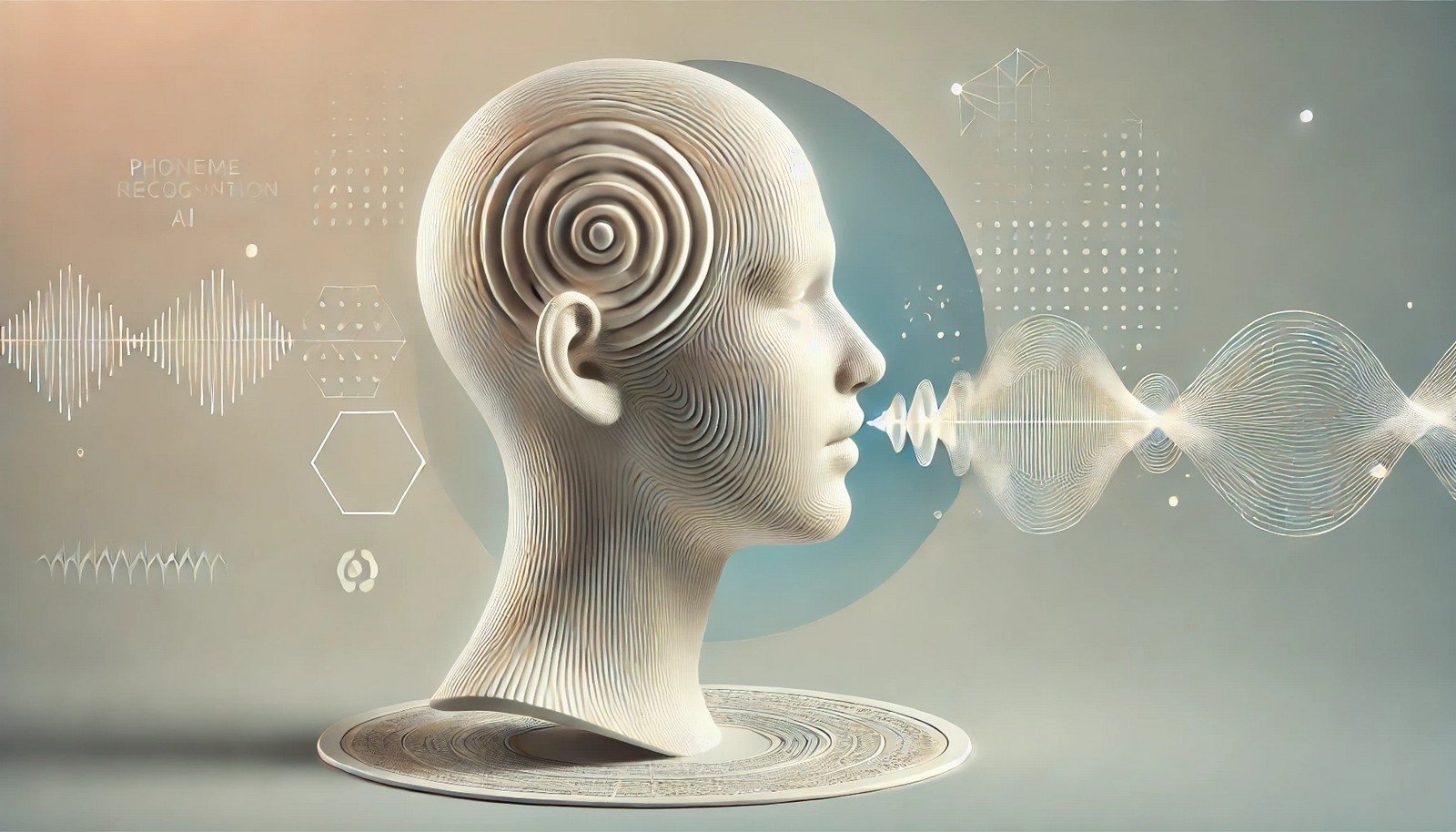Phoneme Recognition

Quick Navigation:
- Phoneme Recognition Definition
- Phoneme Recognition Explained Easy
- Phoneme Recognition Origin
- Phoneme Recognition Etymology
- Phoneme Recognition Usage Trends
- Phoneme Recognition Usage
- Phoneme Recognition Examples in Context
- Phoneme Recognition FAQ
- Phoneme Recognition Related Words
Phoneme Recognition Definition
Phoneme recognition is an AI technology focused on identifying and processing the smallest units of sound (phonemes) in spoken language. By detecting and distinguishing these sounds, phoneme recognition enables accurate transcription in speech recognition systems and is integral to advanced NLP applications, including virtual assistants and transcription services.
Phoneme Recognition Explained Easy
Imagine listening to a friend speak and breaking down each word into tiny sound pieces, like "p," "a," "t" in "pat." Phoneme recognition is how computers "listen" to speech, catching these small sounds to understand and turn them into text.
Phoneme Recognition Origin
The development of phoneme recognition evolved with advances in computational linguistics and artificial intelligence, gaining traction in the late 20th century as scientists aimed to improve human-computer interaction through voice-based systems.
Phoneme Recognition Etymology
The term “phoneme recognition” comes from "phoneme," referring to the smallest unit of sound in a language, paired with "recognition," indicating the process of identification by AI systems.
Phoneme Recognition Usage Trends
Phoneme recognition has gained significant popularity with the rise of voice-activated technologies like digital assistants (Siri, Alexa), automated transcription tools, and language-learning applications. The demand continues to grow as speech technology improves in accuracy and accessibility.
Phoneme Recognition Usage
- Formal/Technical Tagging:
- Natural Language Processing
- Speech Recognition
- Phonetic Analysis - Typical Collocations:
- "phoneme recognition software"
- "real-time phoneme recognition"
- "speech-to-text phoneme recognition"
Phoneme Recognition Examples in Context
- Language Learning Apps: Phoneme recognition helps students hear and repeat correct pronunciation.
- Digital Assistants: Virtual assistants use phoneme recognition to accurately understand user commands.
- Automated Transcription Services: Phoneme recognition enhances the accuracy of converting spoken words into written text.
Phoneme Recognition FAQ
- What is phoneme recognition?
Phoneme recognition is a technology that detects individual sounds in speech for accurate language processing. - How is phoneme recognition used in AI?
It supports speech recognition, enabling applications to transcribe and understand spoken language. - Why are phonemes important?
Phonemes are the building blocks of words, making them essential for accurate speech-to-text conversion. - What tools use phoneme recognition?
Tools include digital assistants, transcription software, and language learning platforms. - What is the role of phoneme recognition in NLP?
It facilitates accurate speech understanding, a core component of NLP. - How does phoneme recognition affect voice control?
By accurately identifying sounds, it enhances response accuracy in voice-activated devices. - Can phoneme recognition improve language learning?
Yes, by helping learners recognize and produce sounds accurately. - What are common challenges in phoneme recognition?
Challenges include background noise, accents, and homophones. - How is phoneme recognition different from speech recognition?
Speech recognition transcribes entire sentences, while phoneme recognition focuses on sound units. - What are the future prospects of phoneme recognition?
With advancements, it may enable more nuanced AI interactions and cross-linguistic speech applications.
Phoneme Recognition Related Words
- Categories/Topics:
- Natural Language Processing
- Speech Technology
- Phonetic Science
Did you know?
Phoneme recognition was a breakthrough for visually impaired users, as it empowered screen reader technologies to better interpret and verbalize digital content, significantly enhancing accessibility and independence.
PicDictionary.com is an online dictionary in pictures. If you have questions or suggestions, please reach out to us on WhatsApp or Twitter.Authors | Arjun Vishnu | @ArjunAndVishnu

I am Vishnu. I like AI, Linux, Single Board Computers, and Cloud Computing. I create the web & video content, and I also write for popular websites.
My younger brother, Arjun handles image & video editing. Together, we run a YouTube Channel that's focused on reviewing gadgets and explaining technology.



Comments powered by CComment